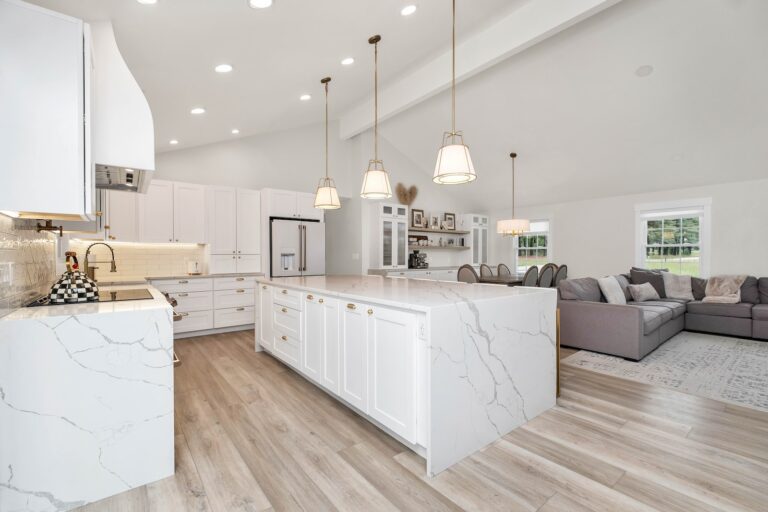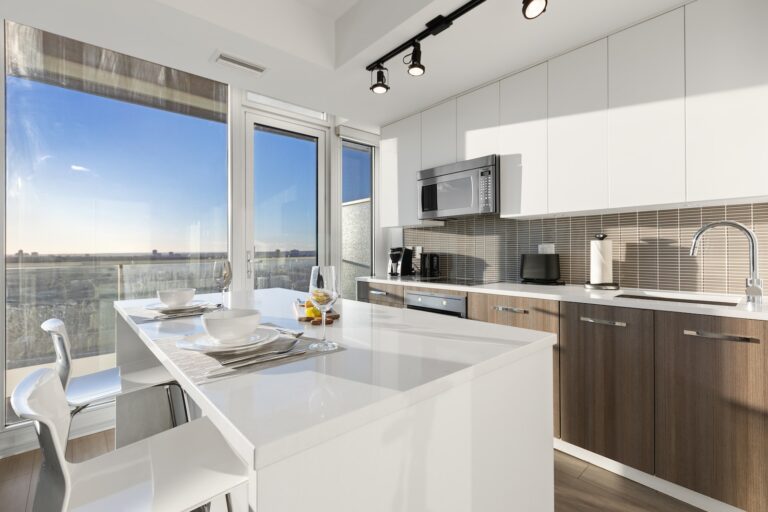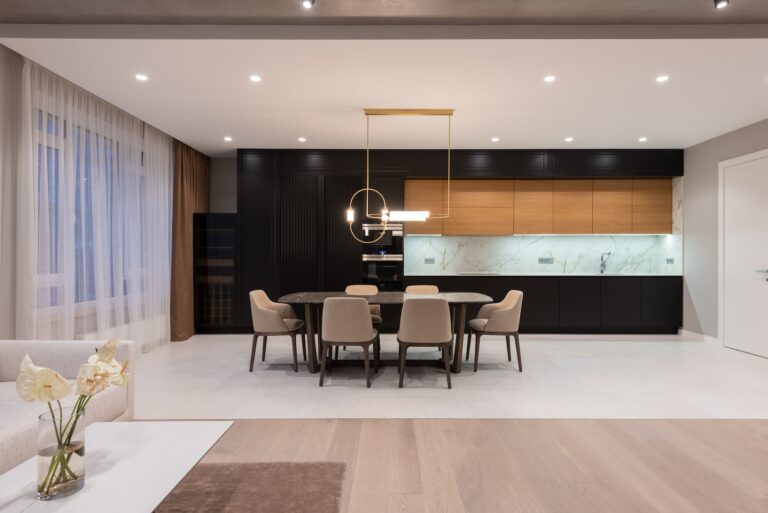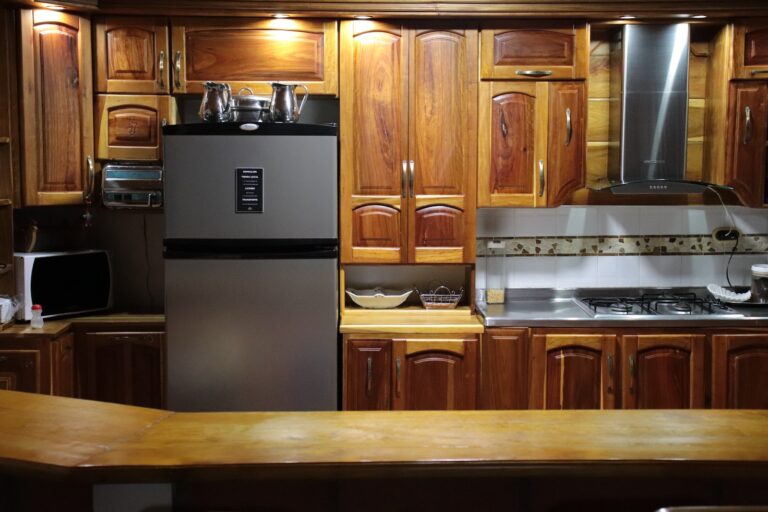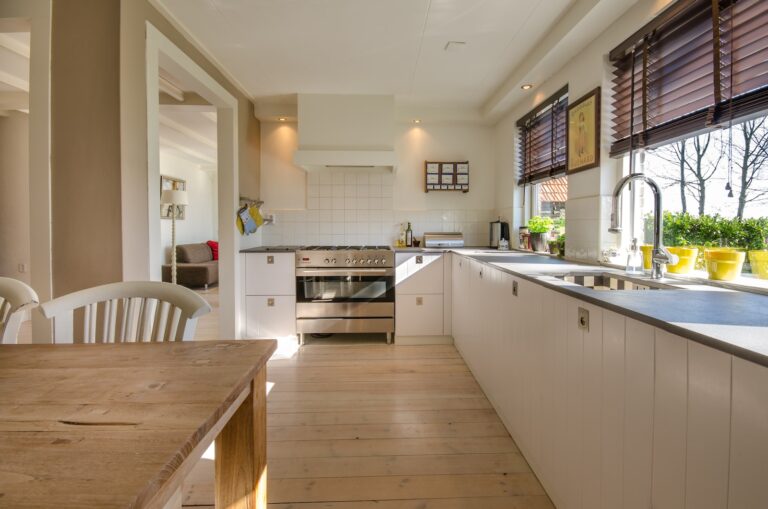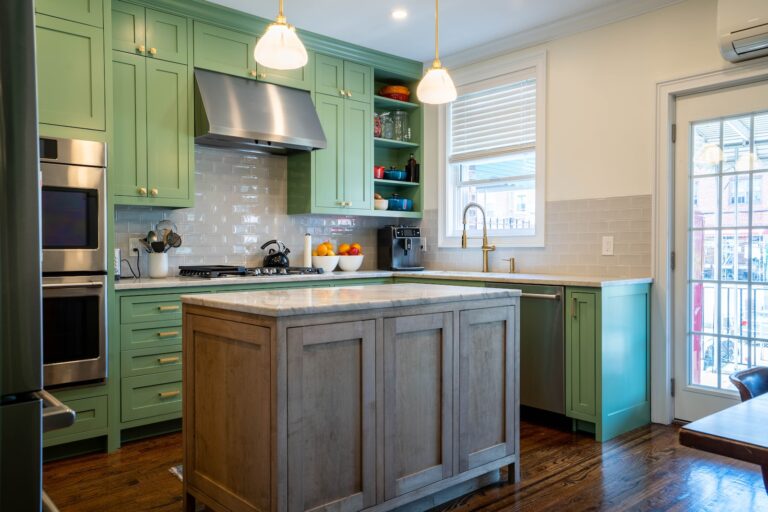Should Kitchen Cabinets Be Flush With Wall?
When it comes to designing a kitchen, one decision that often comes up is whether kitchen cabinets should be flush with the wall or not. Some argue that a flush design creates a clean and streamlined look, while others prefer the added depth and dimension that non-flush cabinets can provide. So, which is the better option? Let’s dive into the pros and cons of each to help you make an informed decision for your kitchen design.

Should Kitchen Cabinets Be Flush With Wall?
Kitchen cabinets are an integral part of any kitchen design. They not only provide storage space but also can enhance the overall look of the kitchen. One of the main decisions that homeowners need to make when installing kitchen cabinets is whether they should be flush with the wall or not. In this article, we will explore the pros and cons of having flush kitchen cabinets and help you make an informed decision.
Pros of Flush Kitchen Cabinets
Flush kitchen cabinets are those that are installed directly against the wall. The main advantage of having flush kitchen cabinets is that they provide a seamless look to the kitchen. There are no gaps between the wall and the cabinets, which gives a clean and modern look to the kitchen. Moreover, flush cabinets can create a feeling of spaciousness in the kitchen, especially if the cabinets are of a light color.
Another advantage of having flush kitchen cabinets is that they are easier to clean. Since there are no gaps or crevices between the cabinets and the wall, there is no place for dust or debris to accumulate. This makes cleaning and maintenance a breeze. Additionally, flush cabinets can make the kitchen look more organized and streamlined, which can be a big plus for many homeowners.
Cons of Flush Kitchen Cabinets
While flush kitchen cabinets have their advantages, there are also some cons to consider before making a decision. One of the main drawbacks of having flush cabinets is that they can be more difficult to install. Since they need to be perfectly aligned with the wall, any imperfections in the wall can make the installation process more challenging.
Another disadvantage of having flush cabinets is that they can limit your options for lighting. If the cabinets are flush with the wall, it can be difficult to install under-cabinet lighting. This can be a problem if you want to add more lighting to your kitchen in the future.
Benefits of Non-Flush Kitchen Cabinets
Non-flush kitchen cabinets are those that are installed with a small gap between the cabinet and the wall. One of the main benefits of having non-flush cabinets is that they can be easier to install. Since they don’t need to be perfectly aligned with the wall, any imperfections in the wall can be hidden by the gap between the cabinet and the wall.
Another advantage of having non-flush cabinets is that they can provide more options for lighting. Since there is a gap between the cabinet and the wall, it is easier to install under-cabinet lighting. This can be a big plus if you want to add more lighting to your kitchen in the future.
Drawbacks of Non-Flush Kitchen Cabinets
While non-flush kitchen cabinets have their benefits, there are also some drawbacks to consider. One of the main disadvantages of having non-flush cabinets is that they can collect dust and debris in the gap between the cabinet and the wall. This can make cleaning and maintenance more difficult.
Additionally, non-flush cabinets can create a less streamlined look in the kitchen. The small gap between the cabinet and the wall can be visually distracting and can make the kitchen look cluttered.
Conclusion
Deciding whether to install flush or non-flush kitchen cabinets is a personal choice that depends on your preferences and needs. While flush cabinets can provide a sleek and modern look to the kitchen, non-flush cabinets can be easier to install and provide more options for lighting. Consider the pros and cons of each option carefully before making a decision.
Frequently Asked Questions
Get answers to some of the most commonly asked questions about kitchen cabinets being flush with the wall.
What does it mean for kitchen cabinets to be flush with the wall?
When kitchen cabinets are flush with the wall, it means that the front edge of the cabinet aligns with the wall without any gaps or overhangs. This creates a seamless look and maximizes the available space in your kitchen.
Additionally, having your cabinets flush with the wall helps to prevent dust and debris from collecting between the cabinet and the wall, making cleaning easier and more efficient.
Are there any benefits to having kitchen cabinets not be flush with the wall?
While it is generally recommended to have your kitchen cabinets flush with the wall, there may be some situations where having a slight overhang or gap can be beneficial. For example, if your walls are uneven or if you have a backsplash that extends slightly beyond the wall, having your cabinets not be flush can help to create a more even and balanced look.
Ultimately, the decision of whether to have your cabinets flush with the wall or not will depend on your specific kitchen design and personal preferences.
What are some common mistakes to avoid when installing kitchen cabinets flush with the wall?
One common mistake when installing kitchen cabinets flush with the wall is not taking into account the thickness of your walls. This can result in cabinets that are not completely flush or that have gaps between the cabinet and the wall.
Another mistake is not properly securing your cabinets to the wall, which can result in cabinets that are not level or that shift over time. To avoid these issues, it is important to carefully measure and plan your installation and to use the appropriate tools and hardware.
Can you retrofit existing kitchen cabinets to be flush with the wall?
If your existing kitchen cabinets are not flush with the wall, it may be possible to retrofit them to create a flush look. This will depend on the design and construction of your cabinets as well as the layout of your kitchen.
In some cases, it may be as simple as removing the cabinet doors and adjusting the hinges to create a flush fit. In other cases, it may require more extensive modifications to the cabinet structure or even the wall itself. It is recommended to consult with a professional before attempting any major modifications to your cabinets or walls.
How do you maintain kitchen cabinets that are flush with the wall?
Maintaining kitchen cabinets that are flush with the wall is relatively straightforward. Regular cleaning with a mild soap and water solution is usually sufficient to keep them looking their best.
It is important to avoid using abrasive cleaners or scrubbers that can scratch or damage the cabinet surface. Additionally, it is a good idea to periodically check the screws and hardware that hold your cabinets in place to ensure that they are secure and stable.
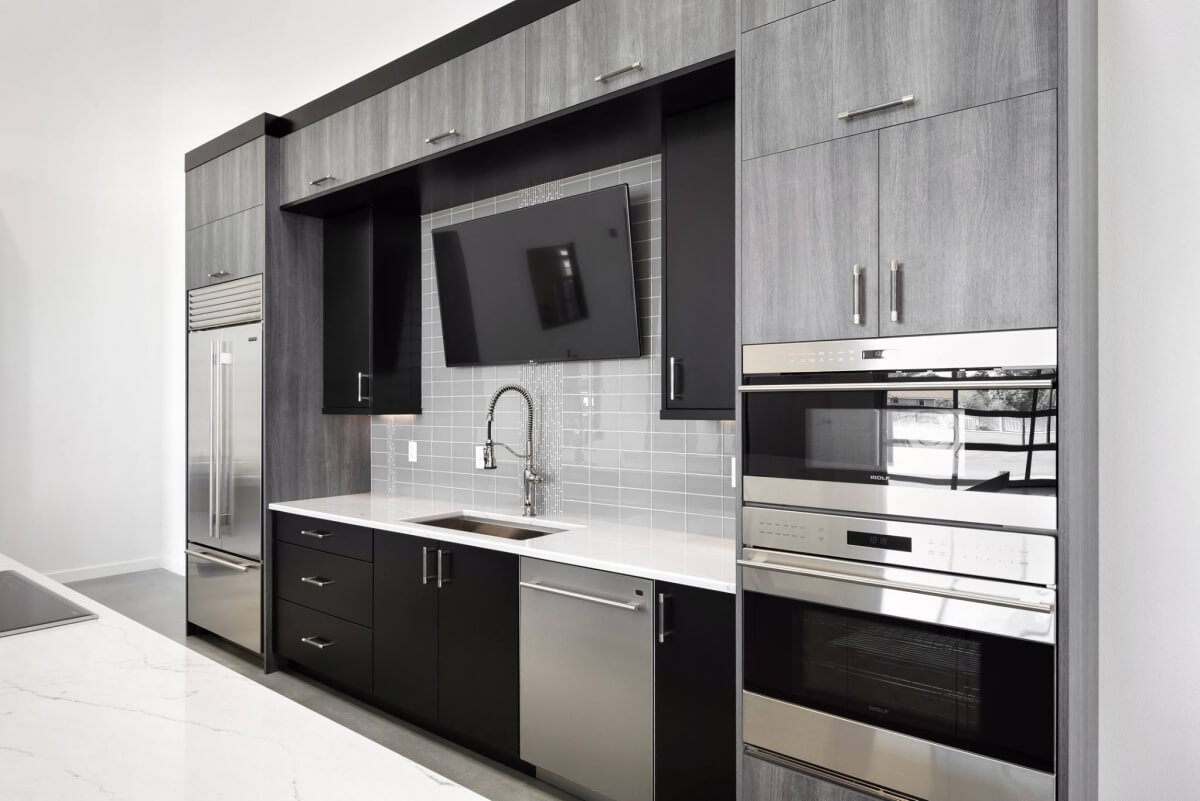
After considering the pros and cons of having kitchen cabinets flush with the wall, it ultimately comes down to personal preference and the specific needs of your kitchen space. While flush cabinets can create a sleek and seamless look, they may not always be practical for storage and accessibility.
If you have a smaller kitchen with limited storage options, having cabinets that extend beyond the wall may be more beneficial. However, if you prioritize a minimalist aesthetic and have ample storage space elsewhere, flush cabinets may be the better choice.
Ultimately, the decision to have flush or extended cabinets should be based on your individual needs and preferences. As with any home renovation or design choice, it’s important to weigh the options and consider all factors before making a final decision.

